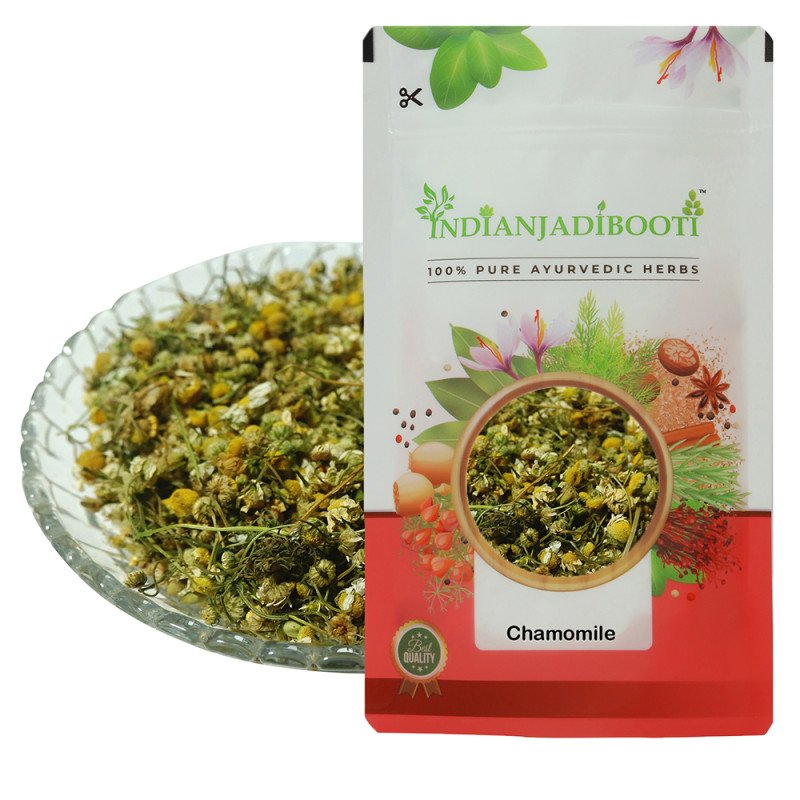
Since the time of Hippocrates, the father of medicine, in 500 BC, chamomile has been used as a plant treatment. It has been utilised for a wide range of ailments.
In addition to rheumatic pain, gout, ulcers, hay fever, inflammation, haemorrhoids, colic, and menstrual irregularities, it also includes fever, headaches, kidney, liver, and bladder issues, digestive disturbance, muscle spasms, anxiety, and sleeplessness.
Chamomile has historically been used to treat issues with the female reproductive system, the generic name Matricaria is derived from the Latin matrix, which means womb.
Chamomile is known in German as alles zutraut, which translates as everything capable. In fact, chamomile was regarded as such a miracle drug or cure-all that one author called it "the pre-MacGyver duct tape of the medical world."
Chamomile is primarily consumed orally in modern times to treat insomnia, anxiety, and digestive problems, while it is also being researched as a potential diabetes treatment.
Moreover, it is applied topically to treat skin disorders and speed up the healing of wounds. The evidence for any of these alleged advantages, however, is weak because chamomile hasn't been thoroughly researched in humans.
The fact that chamomile essential oil and flower extracts contain more than 120 chemical components, many of which are pharmacologically active, is probably the cause of some of the plant's alleged advantages.
These include apigenin (a phytonutrient that has potent anti-inflammatory, antioxidant, antibacterial, and antiviral activities), bisabolol (an oil having anti-irritant, anti-inflammatory, and anti-microbial characteristics), chamazulene (an anti-inflammatory), and luteolin (a phytonutrient with potential anti-oxidant, anti-inflammatory, and anti-cancer activity).
Research indicates that chamomile has qualities that can help reduce inflammation, spasms, and flatulence, encourage serenity and sleep, and guard against the germs that cause stomach ulcers, whether as a result of these substances or others.
1 Comment(s)
The first and more general use is simply in a situation where a bracelet has been designed to be an integral part of the overall design of a watch – that is, it reflects and to some degree constitutes a continuation and further expression of the design of the case.
Leave a Comment